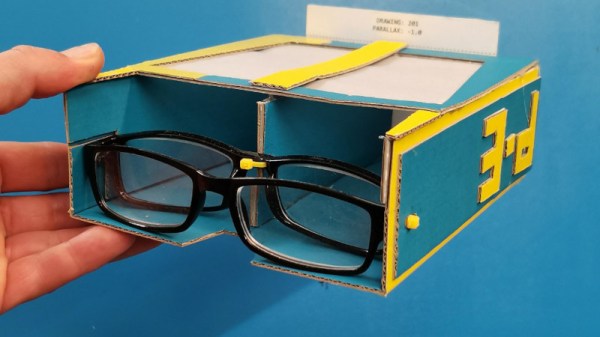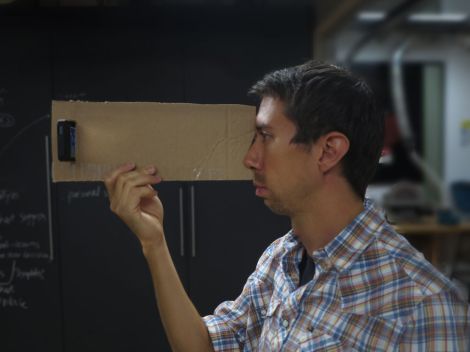In the late 1800s, the stereograph — sometimes incorrectly called a stereopticon — was a big craze. You’d view two side-by-side images through some lenses and see a three-dimensional image. This, of course, later would morph into View-Masters and, eventually, virtual reality headsets. But if you have an old stereograph, where do you get new images for it? If you are [Engineers Need Art], you write a program to convert MPO files (a common 3D image format) to printable stereograms. Interestingly, he used AI to assist in the project and has observations about where it helped and where it didn’t.
The post goes into a lot of detail about how the author experimented with 3D imaging for many years. However, it eventually discusses a MacOS application built with the help of an AI chatbot.














